Cat’s Claw
- December 20, 2023
- 0 comment
Cat’s Claw, scientifically known as Uncaria tomentosa, is a woody vine native to the Amazon rain forest and other parts of Central and South America. Renowned for its medicinal properties, Cat’s Claw has been used for centuries in traditional medicine by indigenous tribes. The plant derives its name from the claw-like thorns that resemble a cat’s claws, which it uses to climb and attach itself to trees.
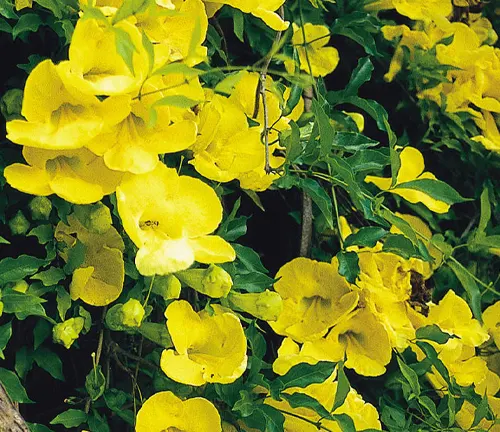
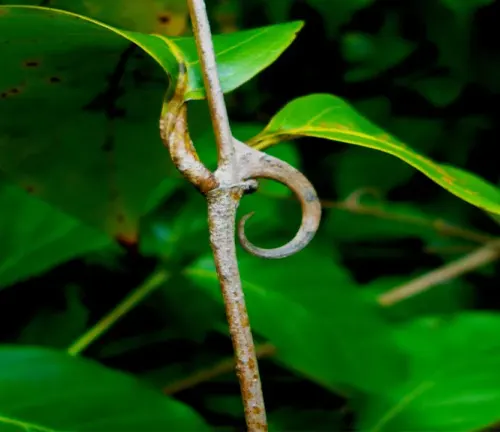
The bark and roots of Cat’s Claw contain active compounds, such as alkaloids and polyphenols, that are believed to confer various health benefits. In traditional medicine, Cat’s Claw has been employed to treat a range of ailments, including inflammation, arthritis, and digestive issues. Additionally, it is often praised for its immune-boosting properties. Modern research has shown promising results regarding its potential anti-inflammatory and antioxidant effects, contributing to its growing popularity in the realm of natural remedies.
Cat’s Claw is available in various forms, including supplements and herbal teas, making it accessible to those seeking alternative and holistic approaches to wellness. As with any herbal remedy, it is crucial to consult with a healthcare professional before incorporating Cat’s Claw into one’s healthcare regimen, especially for individuals with pre-existing medical conditions or those taking medications.
| Characteristic | Details |
|---|---|
| Scientific Name | Uncaria tomentosa |
| Common Name | Cat’s Claw |
| Plant Type | Woody Vine |
| Native Region | Amazon rainforest, Central and South America |
| Physical Features | Claw-like thorns for climbing and attachment |
| Active Compounds | Alkaloids, polyphenols |
| Traditional Uses | Anti-inflammatory, arthritis relief, digestive aid |
| Modern Research | Potential anti-inflammatory and antioxidant effects |
| Forms Available | Supplements, herbal teas |
| Health Benefits | Immune-boosting properties, overall wellness |
| Caution | Consultation with healthcare professional advised |
Botanical Beauty of “Cat’s Claw”
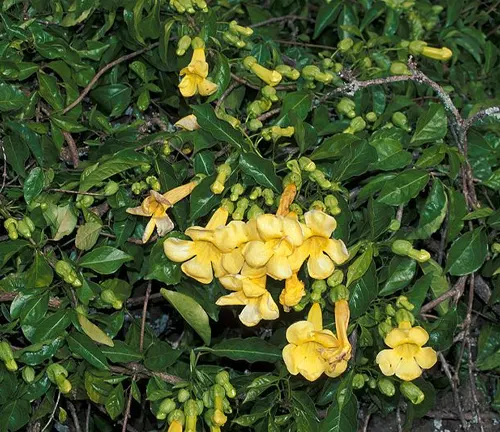
In the heart of the Amazon rain forest and scattered across the lush landscapes of Central and South America, the botanical marvel known as “Cat’s Claw” graces the natural tapestry. Scientifically identified as Uncaria tomentosa, this woody vine not only captivates with its unique name but also with its striking physical attributes. Adorned with claw-like thorns that evoke the imagery of a feline’s grasp, Cat’s Claw stands as a testament to the botanical beauty concealed within the rich biodiversity of its native habitat.
Woodland Elegance
Cat’s Claw, with its slender and winding branches, exudes a woodland elegance that harmonises seamlessly with its surroundings. The vine’s ability to climb and attach itself to towering trees showcases a remarkable adaptation for survival in the dense rain forest. Its intricate growth pattern and verdant foliage contribute to the aesthetic allure of the environments it graces, adding a touch of natural elegance to the vibrant ecosystems it calls home.

Ecological Importance
Beyond its ornamental charm, Cat’s Claw plays a crucial role in the ecological balance of its habitat. Acting as a valuable resource for various species of fauna, the plant provides shelter and support to a diverse array of wildlife. Its presence fosters a delicate equilibrium, contributing to the overall health and vitality of the surrounding ecosystem.
Cultivation and Conservation
As the demand for Cat’s Claw grows in the realm of traditional and alternative medicine, cultivation practices have gained importance. Sustainable harvesting methods and conservation initiatives are essential to ensure the longevity of this botanical wonder. Balancing the extraction of its beneficial compounds with responsible cultivation practices is key to preserving the delicate equilibrium of its natural habitat.

Soil Stabilization
One of Cat’s Claw’s hidden talents lies in its ability to aid in soil stabilization. The intertwining vines create a natural lattice that helps prevent soil erosion, particularly in the sloping terrains of its native regions. This contribution to soil conservation further underscores the plant’s ecological significance.
Common Uses
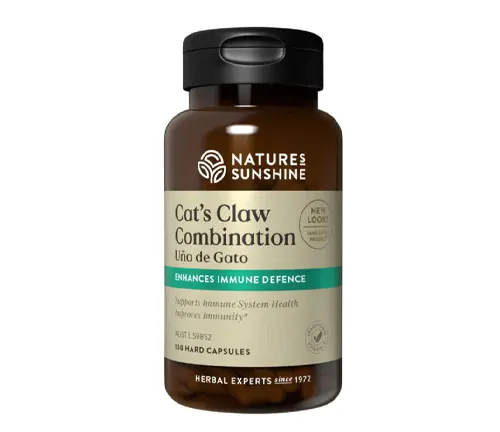

Cat’s Claw has been a staple in traditional medicine for centuries among indigenous tribes. The bark and roots of the plant are often utilized for their therapeutic properties. From addressing inflammatory conditions to providing relief for arthritis, Cat’s Claw has found a place in the pharmacopeia of natural remedies.
Benefits
Modern research has shed light on the potential health benefits of Cat’s Claw. Rich in alkaloids and polyphenols, the plant exhibits promising anti-inflammatory and antioxidant properties. Its immune-boosting effects have garnered attention, making Cat’s Claw a subject of interest for those seeking holistic approaches to wellness.

Unveiling the Wonders of Cat’s Claw
Nestled within the vibrant landscapes of the Amazon rain forest and extending its tendrils across Central and South America, Cat’s Claw, scientifically known as Uncaria tomentosa, emerges as a biological marvel. This article delves into the intricate details of this botanical wonder, exploring the unique features that make Cat’s Claw a captivating presence in the realm of flora.

Tracing Cat’s Claw in Nature’s Mosaic
Embarking on a journey through the dense foliage of its native habitat, we uncover the geographical tapestry that Cat’s Claw weaves across the rain forest. The habitat map unravels the specific regions where this woody vine thrives, offering insights into the environmental conditions that foster its growth. From the Amazon basin to the lush landscapes of Central and South America, each locale plays a role in shaping the unique characteristics of Cat’s Claw.
Unlocking the Secrets of Cat’s Claw Chemistry
Delving into the intricate chemistry of Cat’s Claw, we unravel the components that contribute to its medicinal prowess. Alkaloids and polyphenols take center stage as we explore the active compounds within the bark and roots of this botanical treasure. Understanding the components of Cat’s Claw is key to comprehending its potential health benefits and the role it plays in traditional and modern medicine.
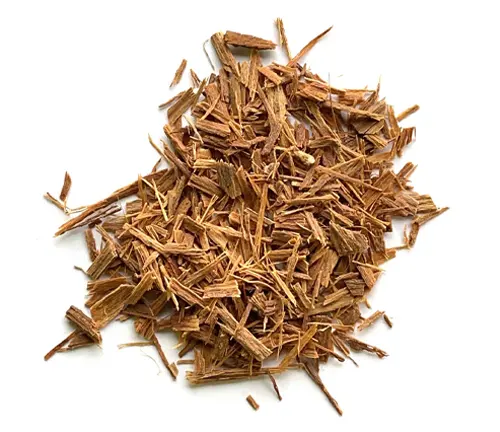
Navigating the Landscape of Cat’s Claw’s Impact
In the quest for holistic well-being, it’s essential to navigate the potential side effects associated with botanical remedies. This section explores the side effects of Cat’s Claw, shedding light on considerations for those incorporating it into their wellness routines. As we traverse the landscape of potential impacts, a balanced understanding emerges, empowering individuals to make informed choices regarding the integration of Cat’s Claw into their health regimens.
Different Species
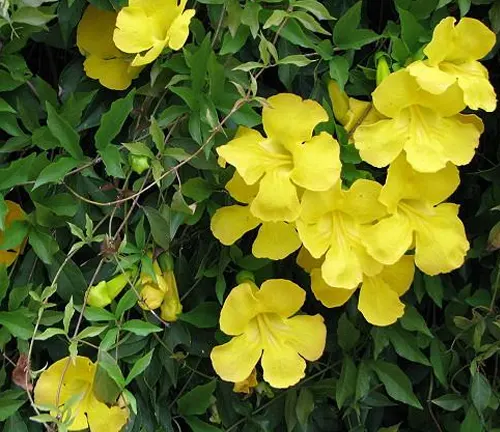
Uncaria tomentosa
(Cat’s Claw or Una de Gato)
This is the more well-known species and is native to the Amazon rain forest in South America, particularly in countries like Peru and Brazil.
Commonly referred to as “Una de Gato” in Spanish, Uncaria tomentosa has been used by indigenous tribes in traditional medicine for its anti-inflammatory and immune-boosting properties.
It is characterized by its distinctive hooked thorns that resemble a cat’s claws, hence the common name.
Uncaria guianensis
(Krathong or Gambir)
This species is found in the tropical rain forests of Central and South America, including countries like Guyana and Suriname.
Often referred to as “Krathong” or “Gambir,” Uncaria guianensis is less commonly used in traditional medicine compared to Uncaria tomentosa.
Like Uncaria tomentosa, it also features claw-like thorns, contributing to its common name.
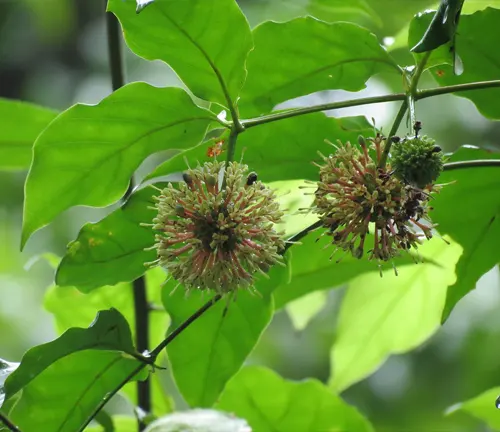
Frequently Asked Questions (FAQs)
- What is Cat’s Claw?
Cat’s Claw refers to the woody vine Uncaria tomentosa, native to the Amazon rain forest. It is known for its traditional medicinal uses and is valued for its potential health benefits. - What are the active compounds in Cat’s Claw?
Cat’s Claw contains alkaloids and polyphenols, which are believed to contribute to its medicinal properties. These compounds may have anti-inflammatory and antioxidant effects. - What are the traditional uses of Cat’s Claw?
Indigenous tribes have used Cat’s Claw for centuries to address various health issues, including inflammation, arthritis, and digestive problems. It is also known for its immune-boosting properties. - How is Cat’s Claw used?
Cat’s Claw can be consumed in various forms, including capsules, tinctures, and herbal teas. The bark and roots are typically used for medicinal purposes. - What are the potential health benefits of Cat’s Claw?
Modern research suggests that Cat’s Claw may have anti-inflammatory, antioxidant, and immune-boosting effects. It has been studied for its potential in supporting overall well-being. - Are there any side effects of Cat’s Claw?
While generally considered safe, some individuals may experience mild side effects such as nausea or dizziness. It’s essential to consult with a healthcare professional, especially if you have pre-existing medical conditions or are taking medications. - Can Cat’s Claw be used for arthritis?
Cat’s Claw has been traditionally used to alleviate arthritis symptoms due to its anti-inflammatory properties. Some studies suggest it may help reduce joint pain and inflammation. - Is Cat’s Claw safe during pregnancy?
Pregnant or breastfeeding individuals should consult with a healthcare provider before using Cat’s Claw, as its safety during these periods is not well-established. - Where can I buy Cat’s Claw supplements?
Cat’s Claw supplements are available in health food stores, pharmacies, and online. It’s essential to choose reputable brands to ensure product quality. - Can Cat’s Claw interact with medications?
Cat’s Claw may interact with certain medications. It’s crucial to inform your healthcare provider about any herbal supplements you are taking to prevent potential interactions.




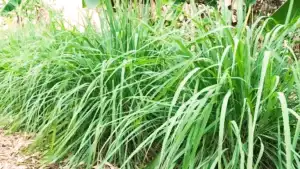
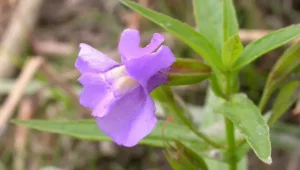

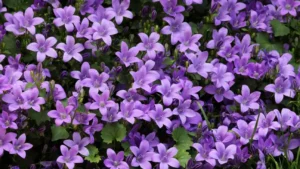


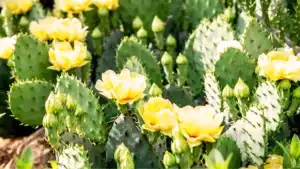



Leave your comment